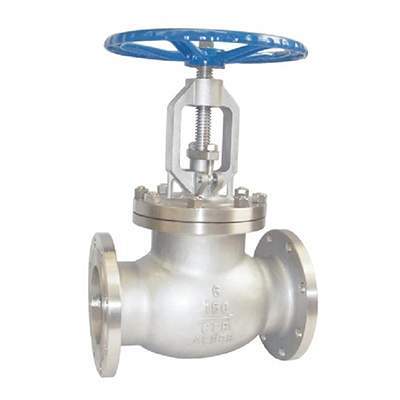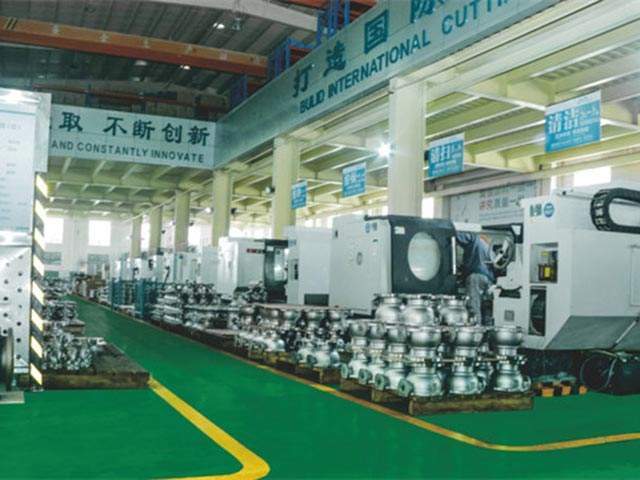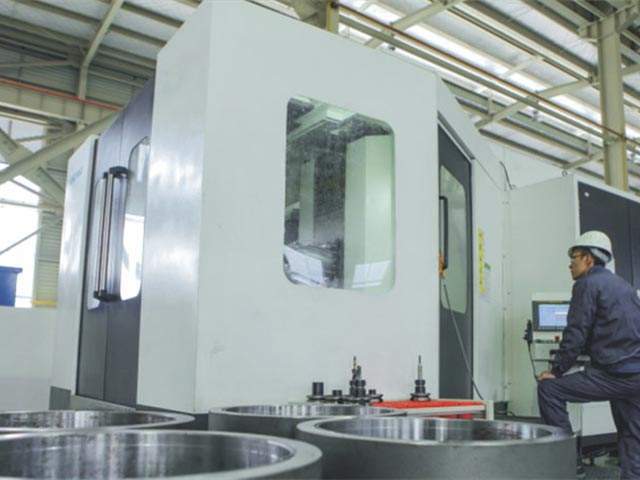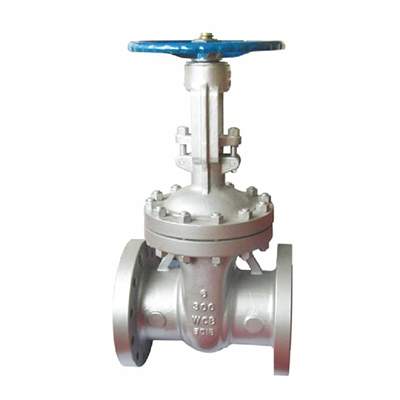Welcome to My Blog!
Before we dive into the content, I’d love for you to join me on my social media platforms where I share more insights, engage with the community, and post updates. Here’s how you can connect with me:
Facebook: https://www.facebook.com/profile.php?id=61563865935136
Now, let’s get started on our journey together. I hope you find the content here insightful, engaging, and valuable.
Introduction
When it comes to maintaining and improving the efficiency of industrial systems, the role of valves cannot be overstated. Valves are essential components in controlling the flow of fluids, gases, and steam within a system. American Standard valves, known for their precision engineering and durability, play a crucial role in enhancing the performance of various systems across industries. These valves are designed to meet stringent standards and provide a high level of reliability, ensuring that processes run smoothly and efficiently.
In this comprehensive guide, we will explore the advantages of American Standard valves, how they improve system efficiency, and the factors to consider when choosing the right valve for your needs. We will also provide a detailed overview of the types of American Standard valves, their applications, and the technology behind their design.
What Are American Standard Valves?

American Standard valves are a range of high-quality valves designed to meet the rigorous demands of industrial systems. These valves are typically manufactured from durable materials such as stainless steel, brass, or cast iron, ensuring long-lasting performance even in the harshest environments. They are known for their precision, reliability, and ability to handle high pressures and temperatures.
Key Features of American Standard Valves:
- Durability and Strength: These valves are designed to withstand high pressures and temperatures, ensuring optimal performance in demanding environments.
- Precision Engineering: American Standard valves are crafted with precision to ensure accurate control of fluid or gas flow, minimizing leaks and ensuring system reliability.
- Wide Range of Applications: From HVAC systems to water treatment plants, American Standard valves are suitable for a wide variety of applications.
- Compliance with Standards: These valves are built to meet or exceed international standards, ensuring that they perform at the highest levels of safety and efficiency.
Types of American Standard Valves and Their Applications
Gate Valves
Gate valves are widely used in systems where the flow of liquid needs to be fully stopped or started. They are ideal for use in pipelines that carry high-pressure liquids or gases.
Globe Valves
Globe valves are designed for regulating the flow of liquids and gases. They provide precise control over flow rate, making them ideal for applications where flow needs to be adjusted frequently.
Ball Valves
Ball valves are known for their durability and reliability in systems that require quick shut-off capabilities. These valves are commonly used in both residential and industrial systems.
Check Valves
Check valves are used to prevent the backflow of fluids in a system. They are critical in preventing damage to equipment and ensuring the safety of the system.
Pressure Relief Valves
Pressure relief valves are used to protect systems from overpressure. They automatically release pressure when it exceeds a certain level, preventing damage to equipment and ensuring system safety.
Table: Comparison of American Standard Valve Types
| Valve Type | Key Features | Best Applications | Limitations |
|---|---|---|---|
| Gate Valve | Provides full flow, durable and reliable | High-pressure pipelines, water distribution | Slow opening and closing, requires more space |
| Globe Valve | Precise flow regulation, compact design | Steam, water, oil, and gas systems | Higher pressure drop, more maintenance |
| Ball Valve | Quick shut-off, reliable and durable | Oil, gas, and water distribution systems | Not suitable for flow regulation |
| Check Valve | Prevents backflow, ensures safety | Pipelines, sewage systems, chemical plants | Can wear out over time, limited to certain flow rates |
| Pressure Relief Valve | Automatically releases excess pressure | Boilers, pressure vessels, air compressors | Needs regular maintenance and testing |
How American Standard Valves Improve System Efficiency


Reliable Flow Control
One of the primary functions of valves is to control the flow of fluids and gases within a system. American Standard valves are designed to ensure reliable and accurate flow control, reducing the risk of system disruptions caused by inconsistent flow rates. By using these valves, industries can maintain optimal performance and prevent issues such as pressure buildup, leaks, and inefficiencies in the system.
Reduced Maintenance Costs
American Standard valves are known for their durability and reliability. Because they are designed to withstand extreme conditions, these valves require less frequent maintenance and replacement. This reduces downtime and lowers maintenance costs for businesses, improving overall system efficiency.
Enhanced Safety
Safety is a critical concern in industrial systems, especially those handling hazardous materials. American Standard valves, particularly pressure relief and check valves, help protect systems from overpressure and backflow, preventing accidents and system failures. Their ability to handle high-pressure conditions ensures that systems run smoothly without the risk of dangerous malfunctions.
Energy Efficiency
By optimizing the flow of liquids and gases, American Standard valves contribute to energy savings in industrial processes. For example, globe valves can regulate the flow of steam in heating systems, ensuring that the system operates at optimal efficiency. By maintaining the right balance of flow, these valves help reduce energy consumption, lowering operational costs.
Compliance with Industry Standards
American Standard valves are designed to meet or exceed industry standards, ensuring that they provide reliable performance in a wide range of applications. This compliance with standards ensures that systems using these valves operate within regulatory requirements, which is particularly important in industries such as water treatment, oil and gas, and manufacturing.
Factors to Consider When Choosing American Standard Valves

Pressure and Temperature Requirements
The pressure and temperature conditions of your system play a crucial role in determining the type of valve you need. For high-pressure systems, choose valves that are designed to handle extreme conditions, such as gate or ball valves.
Material Compatibility
Ensure that the valve material is compatible with the fluids or gases being transported. For example, stainless steel valves are ideal for corrosive fluids, while brass or bronze valves may be better for lower-pressure systems.
Valve Size
Choosing the correct valve size is essential for ensuring that the valve can effectively control the flow without causing restrictions or inefficiencies. Ensure that the valve size matches the pipe diameter and the required flow rate.
Valve Type
The type of valve you choose depends on the specific needs of your system. For precise flow regulation, a globe valve may be the best option, while a ball valve may be ideal for quick shut-off applications.
Cost and Budget
While American Standard valves are an investment in quality and durability, it is essential to consider your budget when selecting the right valve. Ensure that the valve you choose provides the best value for your needs, balancing performance and cost.
Conclusion
American Standard valves are essential components in ensuring the efficiency, safety, and reliability of industrial systems. From regulating flow to preventing backflow and overpressure, these valves enhance system performance and reduce the risk of costly malfunctions. By choosing the right valve for your application, you can optimize system efficiency, reduce maintenance costs, and ensure that your operations run smoothly.
Whether you are working with high-pressure pipelines, steam systems, or water distribution networks, American Standard valves provide the precision and durability needed for optimal performance. Investing in high-quality valves is a smart decision for businesses looking to improve their operations and achieve long-term success.
FAQ
What is the difference between a gate valve and a globe valve?
Gate valves provide full flow control, ideal for stopping or starting the flow in a pipeline. Globe valves, on the other hand, offer precise flow regulation, making them better suited for applications where flow needs to be adjusted frequently.
How do pressure relief valves enhance system safety?
Pressure relief valves automatically release excess pressure in a system, preventing damage to equipment and ensuring safe operation, especially in pressure vessels and boilers.
Are American Standard valves suitable for corrosive fluids?
Yes, American Standard valves made from materials like stainless steel are ideal for systems that handle corrosive fluids, as they offer durability and resistance to wear.
What factors should I consider when selecting a valve for my system?
Consider the pressure and temperature requirements, material compatibility, valve size, and type of application. These factors will help ensure you choose the right valve for your needs.
How often do American Standard valves require maintenance?
American Standard valves are designed for durability and reliability, requiring minimal maintenance. However, regular checks and testing are recommended to ensure optimal performance and safety.
